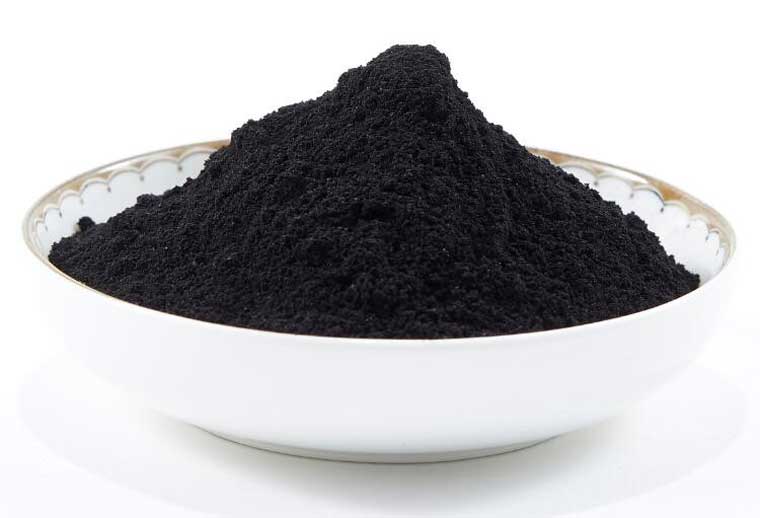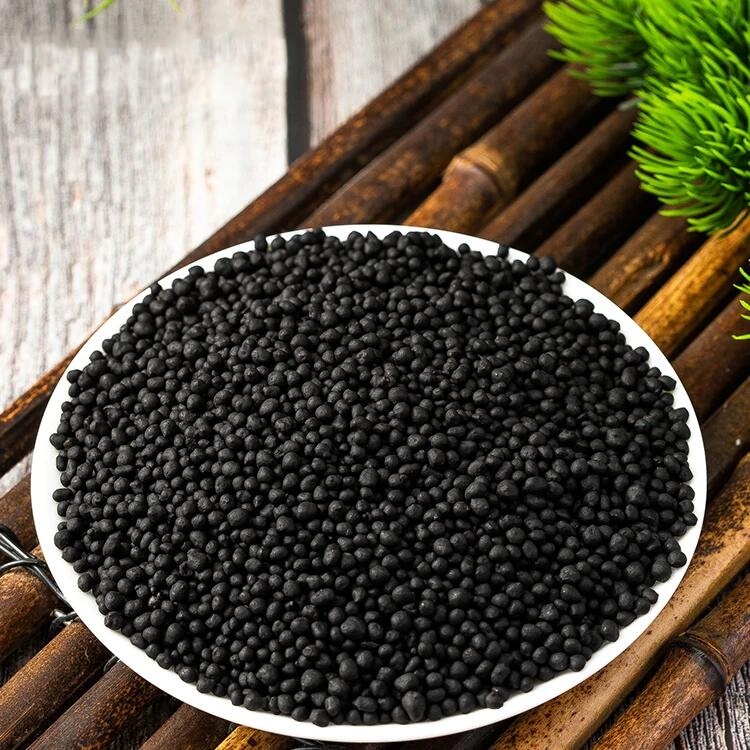1. Different formation process
Biochemical fulvic acid is made by organic matter through biological fermentation within a certain period of time; while natural humic acid is formed by the decomposition of animal and plant residues by microorganisms and through natural chemical processes over tens of thousands of years.
2. Different fulvic acid content
The fulvic acid content in natural humic acid is generally less than 5%, and it is difficult to extract and separate, while the fulvic acid content of biochemical fulvic acid is greatly increased due to its production process.
3. Different physiological activity (its physiological activity is manifested as flocculation limit value)
The flocculation limit value means the stability of the humic acid colloidal solution, and a higher flocculation limit value means a higher physiological activity. Since the fulvic acid content in biochemical fulvic acid is higher and its functional group number completely exceeds that in natural fulvic acid, its hard water resistance, cation exchange capacity, chelation capacity, complexation capacity, adsorption capacity, buffering capacity and catalytic effect are all stronger than those of natural humic acid.
4. Different active ingredients
Humic acid contains a small amount of amino acids, polysaccharides, B vitamins, vitamin C, vitamin D and unknown active factors, while natural humic acid does not.
5. Biochemical humic acid contains high-quality nucleic acids and inositol that are extremely difficult to produce by other processes. The addition of exogenous nucleic acids in animal feed can shorten the cell division cycle and promote the development of animal cells. Nucleic acids are also sensitive components of the immune system. Lack of nucleic acids cannot produce enough genes, metabolism cannot proceed normally, and immunity is reduced.



